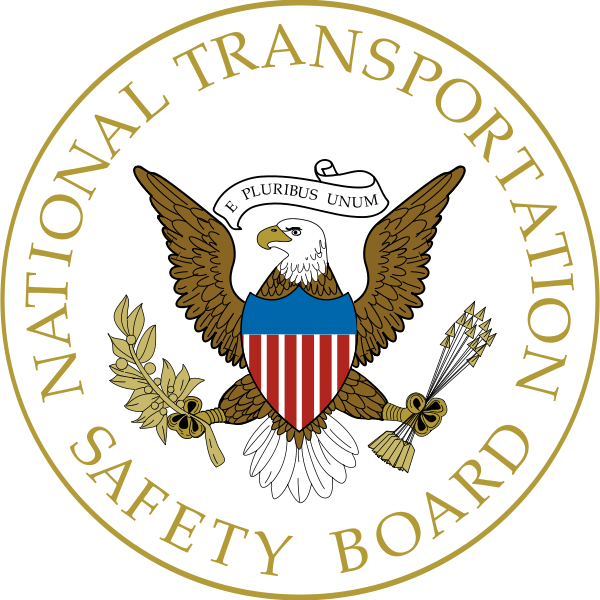
The pilot flying Asiana Airlines Flight 214 had operated a Boeing 777 for a total of about 35 hours before the deadly crash at San Francisco International Airport, according to information relayed to National Transportation Safety Board investigators.
NTSB Chairman Deborah Hersman said at a news conference in South San Francisco this afternoon that interviews with the four pilots had began Monday and were continuing this afternoon.
See all SF Appeal coverage of the crash of Asiana Airlines Flight 214 here.
“All of the crew members have been very cooperative and forthright,” she said.
In these interviews and other probes into the crash, investigators are scrutinizing all aspects of the flight, including why the plane was going nearly 40 mph below the recommended speed as it descended toward the runway.
According to preliminary information Hersman said came directly from the pilots themselves and has yet to be corroborated with other data, there were three pilots in the cockpit at the time of the crash and the fourth pilot was in the cabin during the approach into SFO.
The pilot flying the aircraft was in his initial training period for this type of plane and was seated in the left seat next to his instructor pilot.
A relief first officer was seated in the jump seat in the cockpit, while a relief captain was in the main cabin.
She explained that on the long trans-Pacific flight the relief captain and first officer took over the aircraft in the middle of the flight.
The pilot and instructor were at the helm during take-off and landing, she said, with the third pilot in the cockpit to monitor the situation.
The commanding pilot reported he has flown 9,700 hours with about 5,000 hours as a pilot in command.
He was in his training period for a Boeing 777 aircraft and had completed 35 of the 60 hours required to be considered proficient on the craft, as set by Asiana Airlines standards.
The pilot was hired in 1994 and had his initial training in Florida and is trained on several other aircrafts.
His accompanying instructor pilot had flown 13,000 hours during his career with 3,000 hours in a 777.
This was his first trip as an instructor pilot and it was the first time the two had flown together.
The instructor pilot had been in the Korean Air Force for 10 years.
The pilot in the jump seat, who served as relief, had flown into SFO as many as six times as a monitoring pilot and had experience on a 777 aircraft.
The fourth pilot was not in the cockpit during the landing and his interview was underway this afternoon.
Hersman said because the U.S. does not have oversight responsibility for foreign-licensed pilots, a requirement to be tested for drugs and alcohol after an accident was not implemented.
Other information that the pilots told investigators included that the pilot in the jump seat said he could not see the runway from his seat during the landing because the nose was pitched up.
The instructor pilot reported that the plane was high and he told the pilot to pull back.
Other crewmembers reported that after impact the aircraft ballooned, yawed left and went into a 360-degree spin.
The first officer was the only pilot to receive medical treatment once the plane came to rest. He suffered a cracked rib in the accident.
But two flight attendants in the rear of the plane were ejected in the crash and found on the side of the runway, Hersman said.
The two survived but, “obviously had gone through a serious event,” Hersman said. Both suffered serious injuries.
Hersman said she walked the entire runway area today and could see on the seawall where the landing gear and then the tail struck the area.
Sections of the cabin were strewn around the runway and she could see aircraft parts, galley mats, newspapers and magazines among the wreckage.
Hersman said the investigation is at its beginning stages but that “numerous reports and accounts about slides deploying inside the aircraft” have come in, including from the first officer who described a trapped flight attendant underneath a chute that had inflated.
That’s “certainly not what’s intended,” she said.
All eight doors and slides have been removed from the crash site to be inspected as part of the crash investigation, Hersman said.
Another key component under investigation is whether a San Francisco emergency vehicle may have struck and killed one of two 16-year-old girls who died in the crash.
The cause of the girl’s death has not yet been determined by the San Mateo County coroner’s bureau.
Hersman said evacuation procedures are being thoroughly investigated, and more interviews are taking place with cabin and flight crews and surviving passengers.
She advised that probable cause of the crash would not be determined until a complete investigation is conducted.
Hersman said the next update from the NTSB on the crash will be provided Wednesday.
Sasha Lekach, Bay City News









